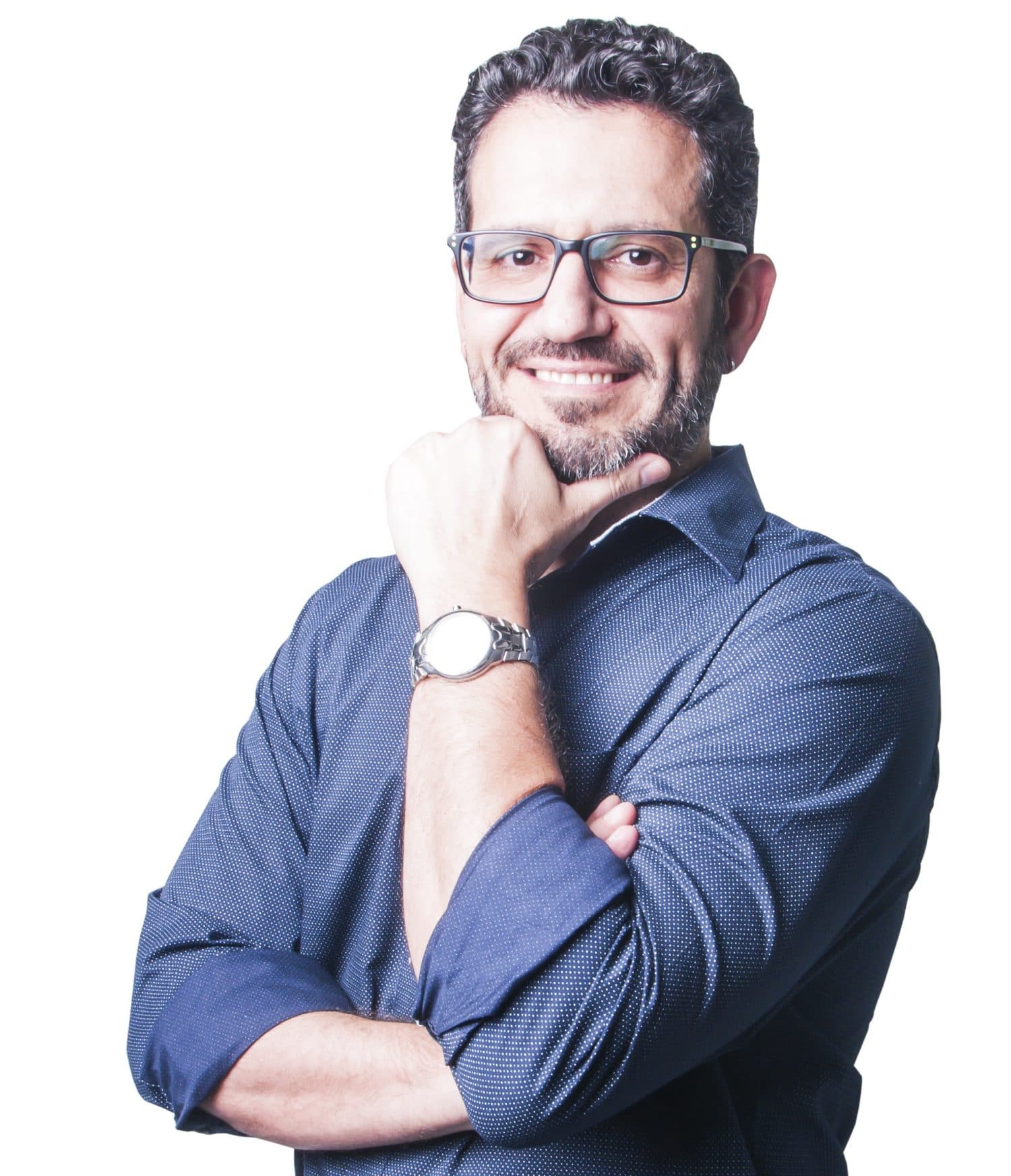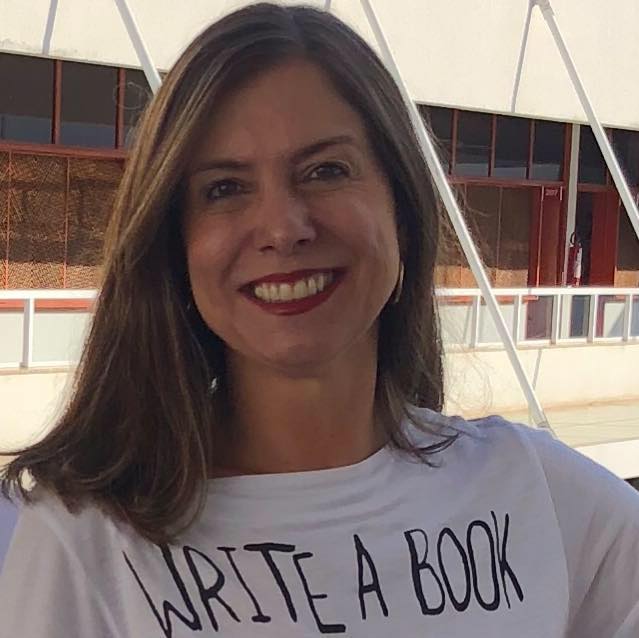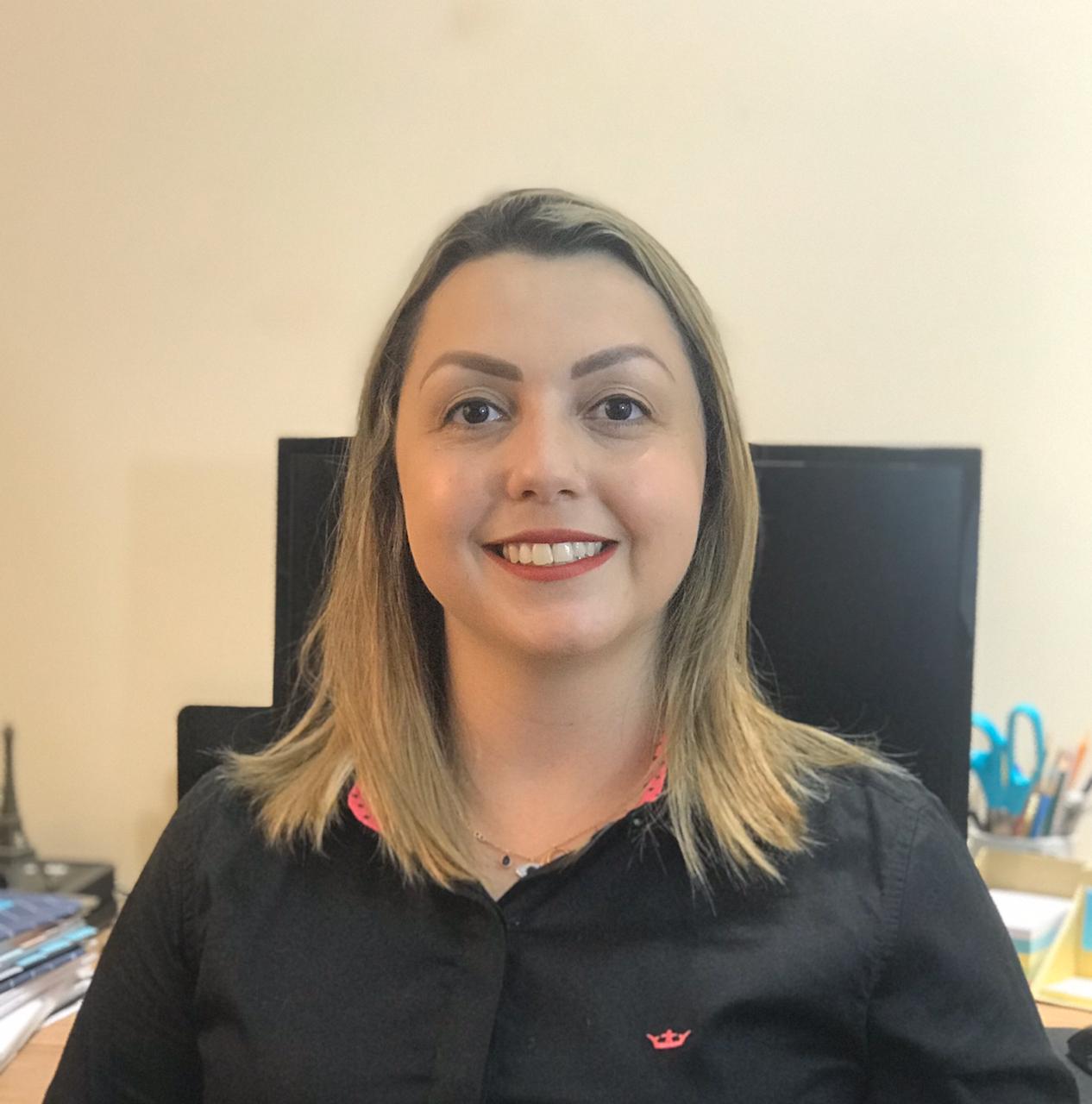What I have been learning from my baby boy – part 3
Murilo’s journey to bilingualism has been an enormous learning opportunity for me, and an extraordinary field for me to put into practice many theories related to bilingualism and bilingual education in the 21st century.
Murilo, now 4 years old, masters the comprehension of the English language typically spoken by me. There are some terms that I am introducing in his vocabulary that are new, but the majority of my comunication with him in English is understood by him.
Now I’ve decided that it’s time to translanguage less. In other words, there are some words I have been using in Portuguese to facilitate comprehension, that I am now switching to English. Chicken, for instance, I used to call “franguinho”, but now I have been telling him that it is in fact “chicken” in “my” language. There has been no resistance in that sense, he just takes the new word and starts using it.
But I have been fighting against his laziness to be exposed and to speak the language. Sometimes he argues with me about watching a film in English. When he realizes that there is a version in Portuguese he wants that. And I say no, I keep telling him that the original one is in English and it’s best to hear the original voices, things like that.
The biggest challenge, the one about his oral production, I have been overcoming using something rather unusual and, I have to say, something that I never thought could be useful in a bilingual environment: translations.
Yes, we created a game in which we ask Murilo: How do you say “…….” in English, and he has to say it in English. We always ask about full, complex sentences, statements, and he seems to feel challenged to answer and then answers them with a high level of accuracy. The bastard knows it! But he feels it’s easier to speak Portuguese. But once challenged he can do it very well, and gets really happy when we celebrate his correct answers. He keeps asking for more and more of the challenges!
His experience watching Youtube and looking for videos about his favorite videogame character, Sonic the Hedgehog, are also helping. Sometimes we see him playing by himself with his toys, using the English language and the structures he was exposed to in the videos.
I am really impressed with the results so far, and my belief that raising bilingual children even with little exposure to the target language in the social and cultural environment around us is possible, is turning out to be true.
More to come. Stay tuned!





